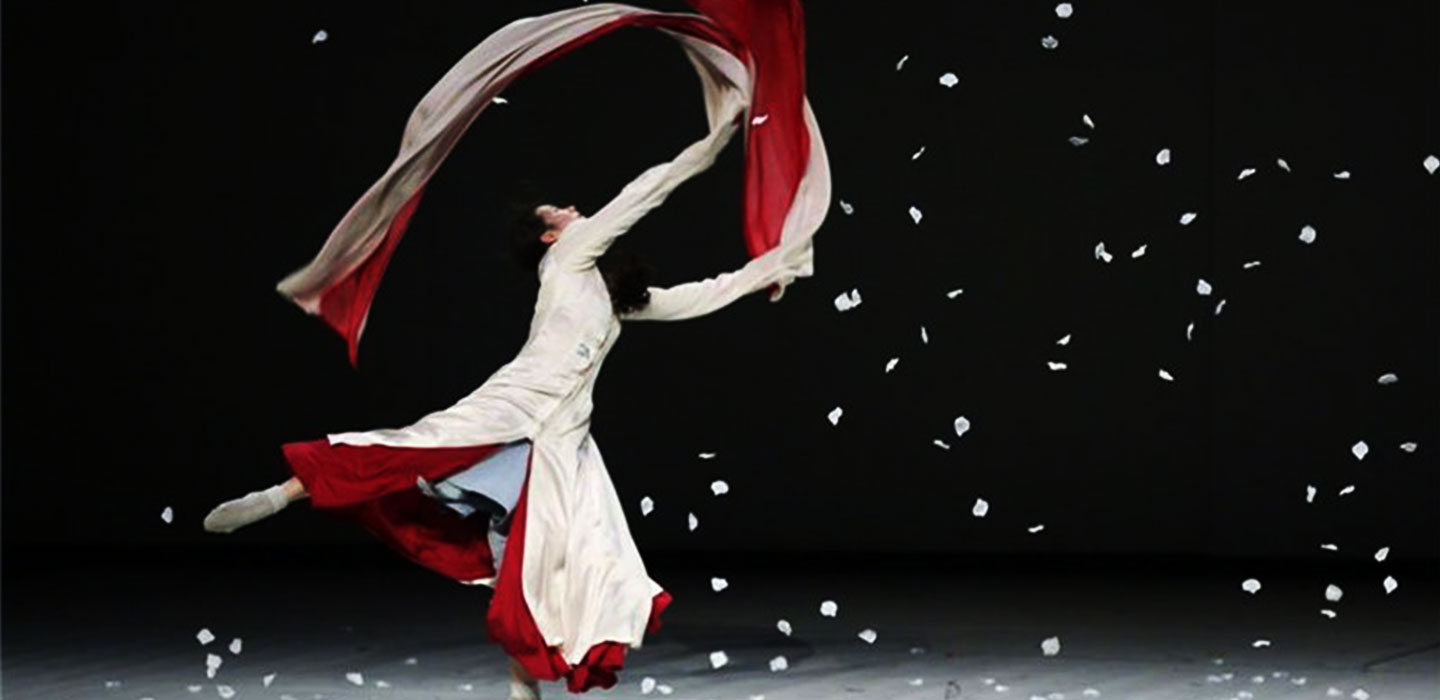
The Graceful Art of Chinese Classical Dance|Tasmin Little
Culture and Traditions
播放影片
Summary
Exploring the history, development and beauty of Chinese classical dance.
Script
Classical Chinese dance is rooted in five millennia of civilization.
Its origins date back to the Qin dynasty when the imperial court began to be interested in dance as a form of entertainment. Unlike folk dances, which are simple and upbeat, classical Chinese dance is elegant and more formal. It has a wide spectrum and often portrays emotions, characters and complex stories and dramas lasting up to one hour in duration.
During the early stages of development, classical Chinese dance was heavily influenced by martial arts and it is sometimes said that classical dance and Chinese martial arts are like siblings with similar talents who chose different paths.
In ancient China, during grand celebrations in the imperial palace, generals would perform in front of the emperor and the martial arts moves that they executed on the battlefield became a new art form: dance. For example, the move of avoiding a spear, became a backflip and defending an attack from all sides evolved into a “sweeping the hall spin”. There are other technical moves which reflect this connection, such as “sword hand”, “bow and arrow stance” and “wheel of wind and fire”.
Another branch of dance evolved from Confucian etiquette and ritual dances. With its rich vocabulary, classical Chinese dance can portray any emotion with expressive body language and is one of the most comprehensive and expressive dance forms in the world.
The training is rigorous and includes three main components, namely technical skill, form and bearing. The techniques are incredibly demanding and require huge skill, flexibility and strength. In addition, professional performers need to master spinning, tumbling and jumping maneuvers.
Dance circularity is a basic attribute that permeates all gestures and actions - there are no pauses and the motions are round and continuous. Female dancers move with a rapid heel-to-toe mini step which gives the appearance of the performer gliding smoothly across the stage as if floating on a cloud.
One of the oldest dances is the Long Sleeve dance which dates from the 3rd century BC; the costume of the dancers incorporated very long silk sleeves which covered their hands and extended their arms. The hanging part of the gown was used to make the movements and this tradition continues today, alongside a sister version called Water sleeves, originating from Ming dynasty theatrical performances.
The presentation aspect of classical dance is very important - hairstyles and costumes are the same as they were thousands of years ago. In addition to the traditional costumes, props such as ribbons and fans are employed. The use of the fan is a great deal more sophisticated than in folk dances - it is often used like a brush, or it can incorporate a martial art move, or even represent the drawing of calligraphy.
Another popular prop is a long ribbon, sometimes 3 meters in length, which can be used in a variety of ways, including enabling the dancer to pretend to be a fairy. One of the most famous ribbon dances is called the Dunhuang dance, dating back to the Han Dynasty. Once a major part of the Silk Road, the northwest city of Dunhuang is now famous for the Mogao Caves, a UNESCO world heritage site. This vast complex of grottoes contains some of the finest examples of Buddhist art spanning around 1000 years. The caves are adorned with carvings, manuscripts and artwork depicting the ancient and famous Chinese ribbon dance.
During the Tang dynasty, classical Chinese dance was at its peak, with frequent performances at court, a huge diversity of styles, and royal schools responsible for training thousands of performers.
Classical Chinese dance has the ability to tell vivid stories and move us through beautiful art. In depicting legends across the dynasties, it conveys the values and traditions of five thousand years of civilization.
